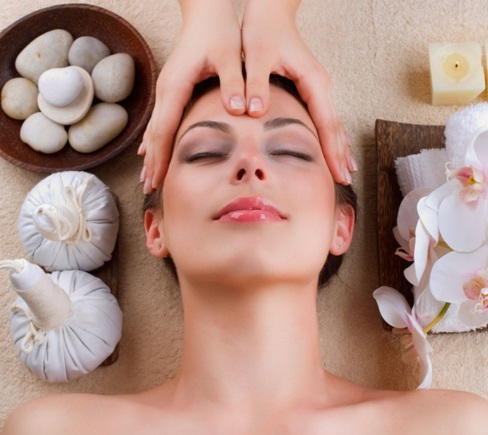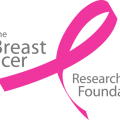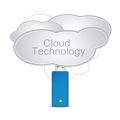Americans love a good rubdown, whether it is for pain management, injury rehabilitation, pain reduction, or overall health and wellness. The age-old manipulation of muscle and joints, whether received in a spa or a specialized treatment center, has been proven effective in significantly reducing stress, muscle tension and promoting overall wellness. In recent years, the use of massage techniques for stress management has enjoyed extensive scientific support within the medical community, being promoted by physicians all over the world for its many health benefits.

Massage Therapy for Stress Relief
While some people still believe stress increases work productivity and helps sharpen their senses, that’s rarely the case. Stress is, in essence, a natural – and initially harmless – reaction to the stimulus affecting an individual’s physical and emotional balance, but too much of it can have devastating effects on those who fail to handle it correctly.
Studies have linked it to heart damage, weight gain, diabetes, cancer, and premature aging, proving it can impair the ability to control emotions and weaken the immune system. In healthy people, stress brings out disease: cancer, cirrhosis of the liver, Alzheimer’s, and infertility, while worsening the symptoms in those who already have it.
Massage therapists use rubbing, tapping, long strokes, kneading, and pressure-point applications to reduce the stress response of the body and allow it to enter the relax-and-recovery mode. The stress-reducing power of massage can decrease cortisol and insulin levels in the body, encouraging the release of endorphins and reducing transmission of pain signals to the brain.
On the other hand, massage mechanisms can reduce beta brainwave activity, increasing the release of ‘feel-good’ neurotransmitters serotonin and dopamine, and stimulate the delta brainwave activity, resulting in a better mental outlook, improved mood and relaxed state of mental alertness.
Massage Therapy, on the Rise
According to statistics published by the U.S. Department of Labor, more than 34 million Americans had a massage at least once between July, 2011 and July, 2012. That’s 16 percent of the U.S. population. The reason for such dramatic growth of the massage therapy industry over the last decade – from $6 billion in 2005 to $12 billion in 2012 – has to do with the proliferation of massage therapy not only as a stress-relief modality, but also to decrease symptoms of chronic diseases.

Fifty-eight percent of the adults surveyed by the American Massage Therapy Association (AMTA) in 2011 said they would prefer their insurance policy to cover massage therapy, while the vast majority of massage therapists believed massage therapy should become an integral part of the health care field. Massage therapy’s growing popularity has also led to an increase in the number of massage techniques; most customized to meet the patients’ particular requirements.
There are currently more than 200 types of massage techniques used by spas, treatment centers and chiropractic offices to relieve stress, manage sports injuries and to aid in physical therapy. The relaxing Swedish massage, the soothing deep tissue technique, the invigorating hot stone and the many variations of acupressure and acupuncture are the most popular massage therapy techniques currently offered by spas and treatment centers throughout the country.
Fortunately, more and more Americans are moving away from drugs and short-term fixes for pain and injury management, looking into safer and natural remedies to restore their body’s health and balance. Massage therapy benefits people of all ages, addressing the stressed and the ill, but also healthy people who understand prevention is better than cure.
A Complete Health Regimen
Massage has been used for centuries for relaxation and general well-being, but in recent years more Americans have turned to it for more than just pampering and stress relief. AMTA statistics shows that, of those who had at least one massage in the past five years, nearly half received it for medical and health-related reasons.
Recent studies have suggested that massage therapy can alleviate arthritis and cancer-related pain, decrease blood pressure, manage migraines and boost the immune system. Anxiety, insomnia and depression symptoms can also be alleviated with massage therapy, while patients experiencing alcohol withdrawal symptoms can use massage in conjunction with traditional detoxification methods for optimal results.Carpal tunnel syndrome and post-operative pain can also be efficiently managed with massage techniques.
The applications of massage therapy are ultimately endless, but individuals in need of tension and pain relief should seek a certified chiropractor to discuss the benefits of integrating massage in their treatment program. Only by resorting to certified massage therapists can individuals make sure they are truly benefiting from these treatments and care for their health and well being in the safest and most efficient way.
Featured images:
License: Royalty Free or iStock
source: 123rf.com
License: Royalty Free or iStock source: 123rf.com
Dr. Ernest S. Caruso is a Chiropractic Physician at Boca Health & Wellness Center, which provides chiropractic, physical therapy, massage therapy,full rehab program with instructive supervision, nutritional counseling, and other wellness and chiropractic offerings.































No Comments
Leave a comment Cancel